
All categories
Featured selections
Trade Assurance
Buyer Central
Help Center
Get the app
Become a supplier

(950 products available)
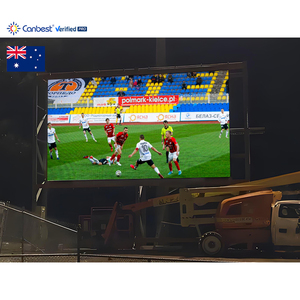
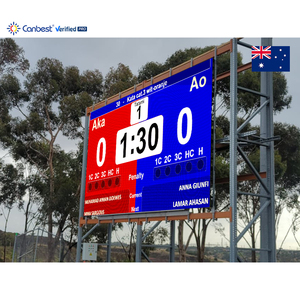
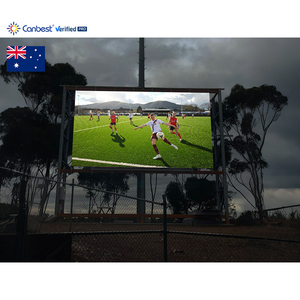
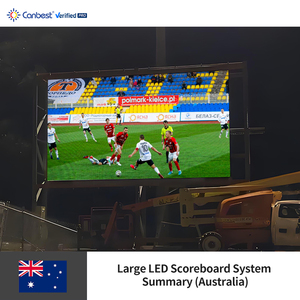
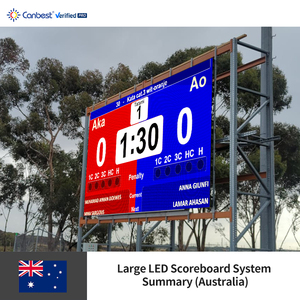
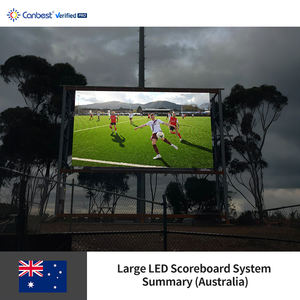







































When choosing a table tennis scoreboard, it is important to consider what the scorekeepers will be using. This will be based on the type of events that are expected to be hosted as well as the preferences of the players. Here are the most common kinds of scoreboards.
These are the score boards that will sit on the top of the tables and every time there is a point that a certain player should be raised or lowered, that particular person has to change the sign manually to reflect the score of the game. The boards have two sections for the scores of each competitor and also two sections for each competitor’s name. They are easy to use, light in weight, and will often provide a basic yet effective means of tracking the game scores. Many casual and home users find them ideal.
They tend to be more accurate than manual scoreboards because the scores are automatically captured and can be easily reset to reflect new scores. The switch from one score to the next depending on the type of scoreboard is either automatic or done manually. They come with better visibility, especially for larger events since the score will be displayed on a large screen. Digital ones come with different features, including timers, game status indicators, and sound horns.
One of the recent trends in the commercial use of ping pong scoreboards is the increasing use of phone scoreboards. These board score apps use smartphones or tablets to display the score, and in most cases, the scoring can be done through multiple scoring channels, so one can choose to input the score using one mobile device while the others are focused on scoring. This can also be very useful because several tournaments or matches can be easily followed on the same app. Many of them include additional features, such as sharing the results on social media and tracking players’ statistics.
These are the most forms of physical scoreboards, where the numbers are usually printed on two sides of a flipping card, and the cards are on a flipping frame. These scores may be flipped from one side to the other, as shown when a new score is required for each set. Easy to transport and very robust, flip boards are useful in all small and local competitions, especially when the score does not need to be seen too far away.
The sole purpose will be to make a certain understanding of the scores and progresses in a game of table tennis for the players and the audience. A scoreboard for table tennis will have to reflect the number of points, the games played, and the number of sets as well. More sophisticated versions will have the ability to show time limits for professional games and help with the timing of breaks and game intervals.
Some common features one should always look for include the following:
Modern scoreboards come with integrated functions that enhance their use and reliability. Here are some important features:
For a practical scoreboard, the design has to be given so that the visual aspects of these elements do not interfere with the score tracking. The traditional ones are either housed in a simple frame for the flip and manual boards, while the boards are sleek and modern looking. Digital boards will be high-end technologies in this category, while app-based boards have user-experience designs focused on those using them.
The place where the scoreboard will be used most of the time will determine its type and style. Here are some situations where scoreboards are typically found:
For passionate hobbyists who play table tennis at home, a simple and cheap flip over or a manual score board is fine. These boards can also be transported, and the designs are uncomplicated so that during practice or friendly matches, it is easy to track the fun scores. This will help some players become even more serious about their practice sessions and help them score more.
The scoreboards that are supposed to be used in small or local tournaments that organize some games of table tennis from time to time are mainly flip scoreboards or simple manual ones. These types of tournaments do not need anything more sophisticated; they just need something that will track the score and save them a little time flipping through the score cards.
They frequently employ simple flip boards and manual boards because they sponsor local tournaments and offer table tennis training programs. These schools and community centers are the places that get introduced to the sport; therefore, their scoreboards are quite simple, affordable, and tough.
The big competitions organize professional table tennis scoreboards. Most of the time, events at this level require advanced digital technology with great visibility and features that can time and reset the game frequently. Various scoreboards cap time out and in, can be seen by the audience far beyond, and feature sound alerts for time out or shifts in the game.
Training centers where trainees learn to play need scoreboards that provide more than just score. Using app-based scoreboards or advanced digital scoreboards, coaches can track performance, analyze games, and share results with students to improve training effectiveness.
Some of the factors to consider when choosing the perfect table tennis scoreboard would be the type of table tennis tournament that is going to be held, how often it will be used, and its geographical location. They include:
A1: Yes, portable scoreboards like flip and manual types can easily be used outside.
A2: Digital scoreboards are more effective for tournaments that are frequently held because they can be set faster and easier each time.
A3: Schools use digital scoreboards; they are robust and functionally enhanced.
A4: The manual and flip scoreboards are quite inexpensive and thus easy on the budget.